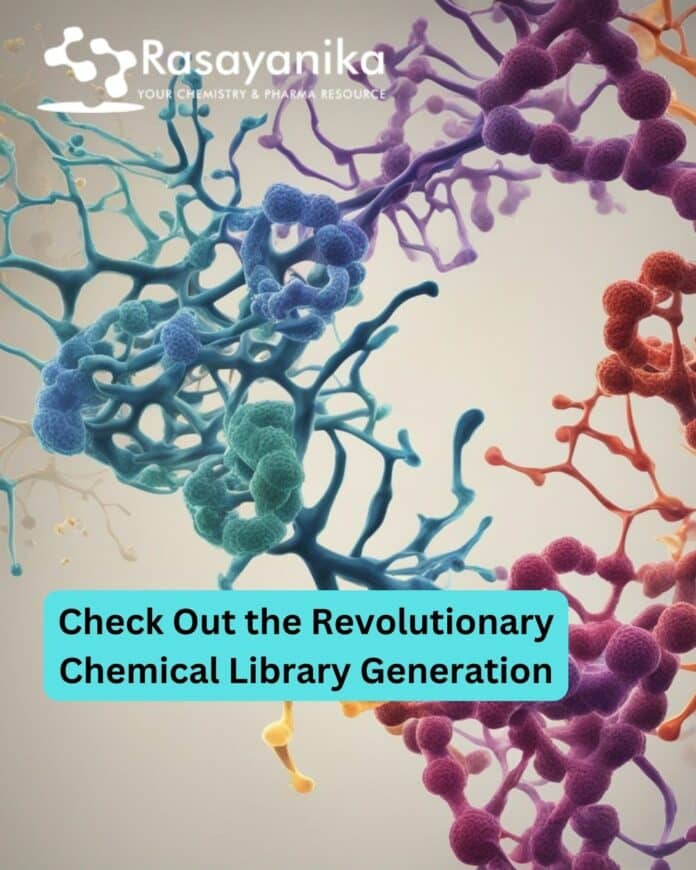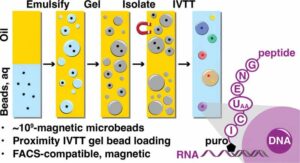A group of researchers led by scientists from the University of California, Irvine, has introduced a groundbreaking technique for swiftly and effectively generating extensive assortments of chemical compounds essential in drug discovery. This method leverages the capabilities of ribosomes, cellular molecules responsible for producing proteins and peptides. The team’s innovative approach is highlighted in recent findings published in ACS Central Science, presenting a transformative avenue that could potentially replace the laborious manual processes currently used in drug discovery. By accelerating the creation of chemical libraries, this technique holds promise for expediting the identification of new drugs aimed at treating various diseases and conditions.
Chemical libraries consist of a multitude of molecules that are systematically screened to identify those exhibiting promising therapeutic potential. The screening process involves conducting rapid experiments or assays on each chemical within the library, addressing consistent biological questions.
Brian M. Paegel, co-corresponding author of the study and a professor of pharmaceutical sciences at UCI, emphasized the pivotal role of library synthesis and screening in the drug discovery process. He highlighted the technology’s capability to synthesize ultra-miniaturized gel beads, each housing a substantial number of copies of a specific compound from the library. This arrangement enables scientists to
directly assess the biological activity of each compound, an invaluable advancement in the pursuit of new medications.The research team devised a novel strategy for generating gel beads akin to the size of human cells. These beads contain abundant ribosomes, an enzyme named RNA polymerase, and a magnetic core equipped with DNA strands, reminiscent of a cell’s nucleus. The DNA cores serve as encoding mechanisms for distinct peptide molecules. The researchers effectively replicated a cell’s genetic information flow, from DNA to RNA to peptide synthesis, within each gel bead. Notably, this process can be executed simultaneously on millions of beads, each adorned with a unique DNA tag, resulting in a comprehensive library.
Paegel emphasized the significance of the gel beads themselves, which now facilitate chemical synthesis that was previously labor-intensive. By harnessing ribosomes, the research team transformed the process and harnessed nature’s inspiration to create vast libraries. This advancement enables researchers to explore an extensive range of molecules concurrently, furthering pharmaceutical discoveries. Moreover, the inclusion of DNA-encoded magnetic cores streamlines the monitoring and analysis of individual compounds.
The technique’s applicability extends beyond drug discovery. It holds potential in fields like enzyme engineering, the development of environmentally friendly pesticides, and the creation of materials with specific physical attributes. The team collaborating on this groundbreaking research also included Christian Cunningham and Alix Chan, both scientists at Genentech in South San Francisco, as co-corresponding authors, along with Valerie Cavett, UCI project specialist in pharmaceutical sciences.
Power of Ribosomes Power of Ribosomes Looking for latest chemistry and Pharma job openings, follow Rasayanika Facebook and Telegram and subscribe to our youtube channel for the latest updates on chemistry and Pharma job.


















































